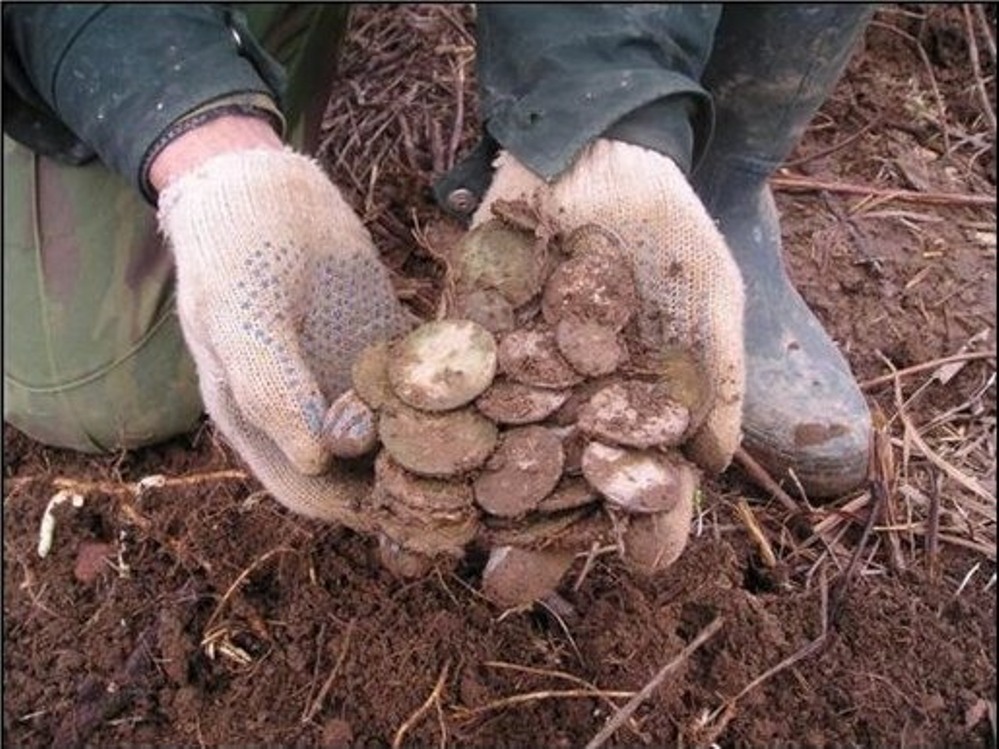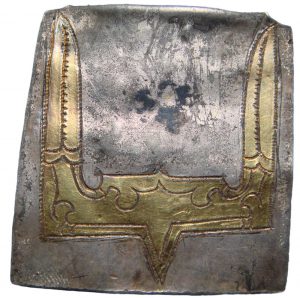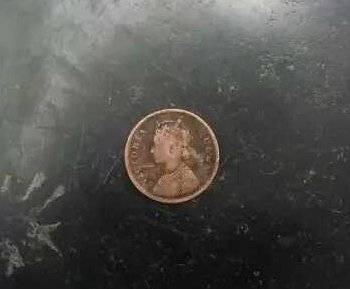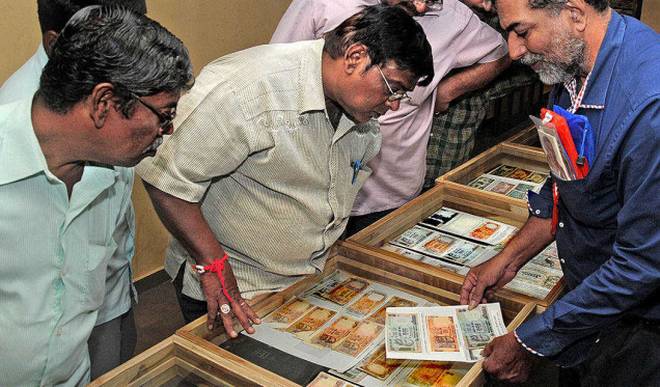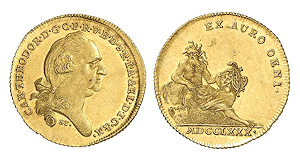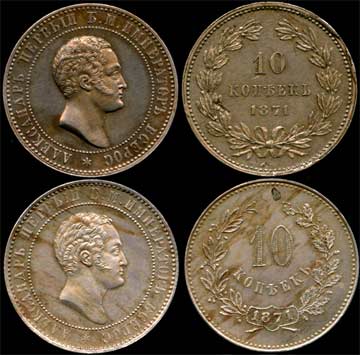Byzantine specimens.
The Great Migration of Nations (4th-6th centuries AD)
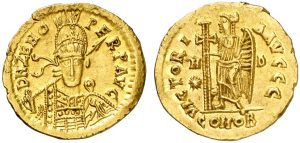 The prevailing idea that the hordes of barbarian peoples invaded the borders of the Roman Empire and thus caused its fall is outdated and no longer corresponds to the findings of modern historical science. First, a large number of Germans were in the (military) service of the Roman Empire even before the so-called. the migration of peoples, and, secondly, it is not a question of homogeneous ethnic tribes, but rather of mixed alliances concluded for specific purposes. These alliances and opposed the troops of the late ancient states. Continue reading
The prevailing idea that the hordes of barbarian peoples invaded the borders of the Roman Empire and thus caused its fall is outdated and no longer corresponds to the findings of modern historical science. First, a large number of Germans were in the (military) service of the Roman Empire even before the so-called. the migration of peoples, and, secondly, it is not a question of homogeneous ethnic tribes, but rather of mixed alliances concluded for specific purposes. These alliances and opposed the troops of the late ancient states. Continue reading
